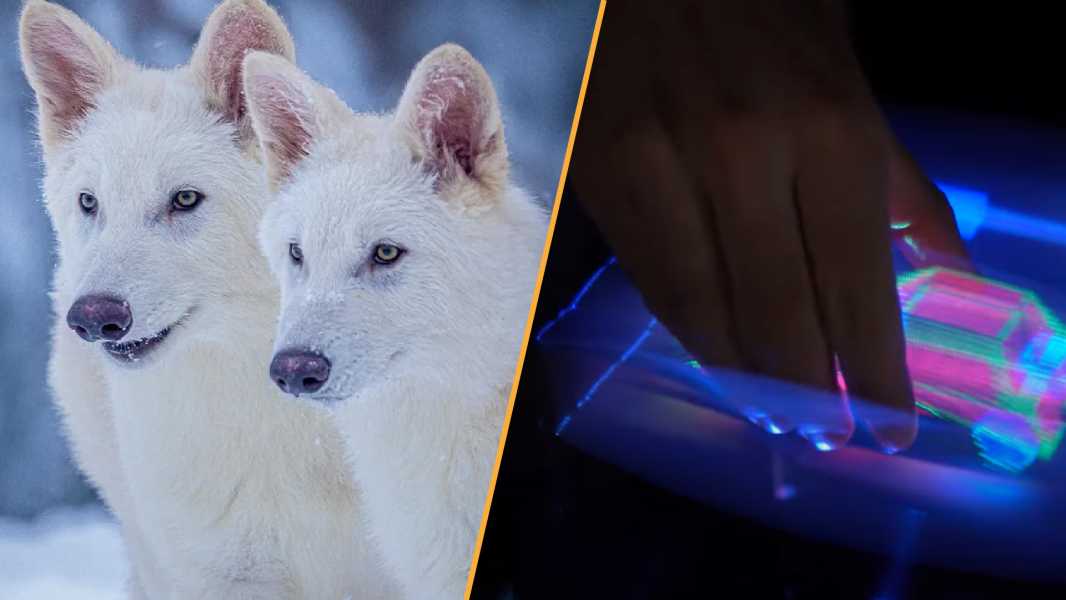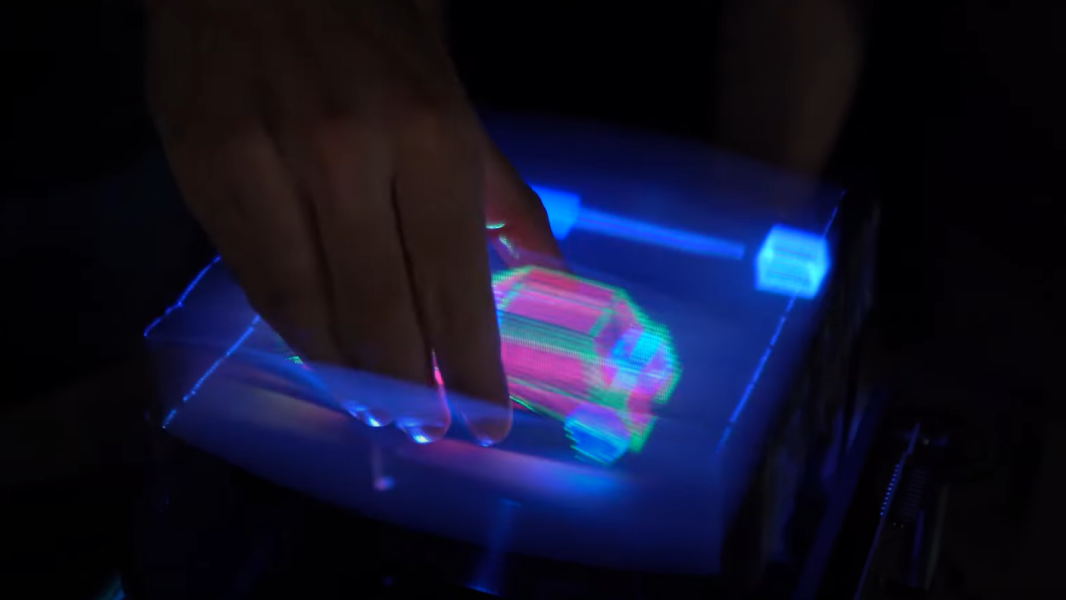
Two new direwolves and a man reaching for a hologram. (Image credit: Colossal Biosciences, UpnaLab) Jump to:
It's been a busy week in science after biotech company Colossal Biosciences announced the return of dire wolves (Aenocyon dirus) from extinction after more than 10,000 years. But are these wolf cubs really the “world's first de-extinction” the company claims?
The three pups — Romulus, Remus, and Khaleesi — were created by genetically modifying cells from modern gray wolves (Canis lupus). The researchers achieved this by reconstructing the dire wolf genome from ancient DNA and identifying 20 key differences between that genetic sequence and the gray wolf sequence, which the company says are responsible for the dire wolf's distinctive features.
However, despite the enthusiasm of many, some remain skeptical. For example, previous genetic studies have shown that dire wolves are not closely related to gray wolves, making it unlikely that just 20 genetic changes would be enough to transform a gray wolf genome into a dire wolf genome. Others worry about how these animals can be safely released into the wild as part of conservation efforts without harming existing populations.
3D Holograms You Can TouchFor the first time in history, 3D holograms can be touched, grasped and interacted with

It’s the stuff of science fiction: a 3D hologram that we can interact with like a physical object. Now, thanks to a series of breakthroughs in mixed reality technology, these revolutionary projections are becoming more real.
In a new study
Sourse: www.livescience.com





